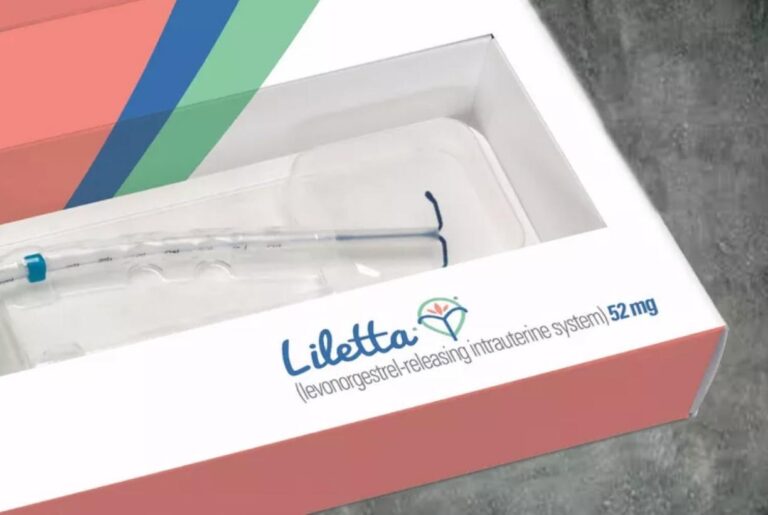Newborn shoulder dystocia is a dangerous complication. It happens when the baby’s head emerges, but the shoulder gets stuck during vaginal delivery. The causes involve having a large baby, the mother having a small pelvis, or being in the wrong position. Read thoroughly to further learn about this issue.
About Newborn Shoulder Dystocia
Shoulder dystocia is a medical emergency that happens to a baby. Usually, the baby with this condition is born safely, but it may cause serious complications afterward. Fortunately, this condition is relatively uncommon, reportedly occurring in 0.5% to 1% vaginal deliveries, according to Medical News Today.
The indication of experiencing shoulder dystocia is when the baby’s head already emerged for longer than one minute. However, either one or both of the baby’s shoulders are still inside the mother during childbirth for an extended period. The shoulders may stuck behind the pubic bone or inside the pelvis of the birthing parent.
Causes of Newborn Shoulder Dystocia
It is hardly possible to foresee whether or not shoulder dystocia will happen in childbirth. The condition usually occurs unexpectedly. Despite that, several factors may cause shoulder dystocia more potentially to happen. These factors can originate either from the baby or the mother. Meanwhile, factors from the baby are:
- Known to be larger than average before birth.
- Fetal macrosomia (baby weighing more than 8 pounds, 13 ounces).
- Being in the wrong position.
On the other hand, factors originating from the birthing parent include:
- Induced labor.
- Long birth delivery.
- Significantly overweight.
- The pelvic opening is too small.
- Having an assisted vaginal birth.
- In a position that causes limited room in the pelvis.
- Previous experience of shoulder dystocia during childbirth.
- Diagnosed with gestational diabetes.
Newborn Shoulder Dystocia Complications
Babies with shoulder dystocia are frequently born without complications if the delivery is quick. Complications have a higher chance to happen the longer the delays to delivery. The most common complication is Erb’s palsy or brachial plexus injury that causes nerve damage located around the neck and shoulder.
Babies with this complication may experience difficulties or decreased movement when moving their arms or hands. Many of them manage to get better in a few months. In the process of recovery, some need to get surgery, while a small number of them end up having long-term mobility issues.
The other two common complications are Cerebral palsy and Klumpke’s palsy. Cerebral palsy is a birth injury due to a temporary loss of oxygen to the baby’s brain. The loss of oxygen can cause complication that impairs the ability of the baby’s brain to control the body’s movement.
The injury happens through some means, such as prolonged pressure during birth, excessive trauma, and compression of the umbilical cord. For Klumpke’s palsy, it is an injury because of damage to a nerve channel in the lower spine. The injury results in paralysis of the baby’s lower arms and hands.
Management Techniques for Newborn Shoulder Dystocia
There are several management techniques to facilitate the safe delivery of the baby when shoulder dystocia unexpectedly happens, such as:
1. Moving the Baby
The most common intervention to deal with shoulder dystocia is moving the baby. A doctor may ask the birthing parent to change into a specific position to open the birthing canal widely.
Another healthcare provider could help with the labor process. For instance, one of the baby’s arms is delivered first so it can easily pass through the birth canal.
2. McRoberts Maneuver
McRoberts maneuver is the first-line intervention that requires the birthing parent to bend the knees and flex the thighs in the direction of the abdomen. This technique has the purpose of increasing the space in the birthing canal.
3. Gaskin Maneuver
The Gaskin maneuver is the second-line option if there’s failure after doing the McReborts maneuver. The technique involves the birthing parent moving to all fours position with the back arched. After that, a healthcare provider places a hand inside the vagina to exert downward pressure on the baby’s shoulder.
4. Suprapubic Pressure
From time to time, people use suprapubic pressure along with applying position changes. This technique includes placing downward pressure on the pubic area where the baby’s shoulders are stuck to help with the delivery.
Other Interventions If Management Techniques Fail
If those management techniques are proven unsuccessful in dealing with newborn shoulder dystocia at that time, a doctor may have to rely on significant measures. Although the interventions could cause injuries to the baby and the birthing parent, these are required to prevent other possible riskier injuries.
1. Zavanelli Maneuver
In this maneuver, the baby’s head is rotated to the original position and then flexed. A doctor applies consistent pressure to push the head to the birth canal and back up into the uterus. Then, the doctor must carry out an emergency Cesarean delivery promptly after returning the baby’s head successfully.
2. Abdominal Rescue
If the Zavanelli maneuver fails, the doctor may resort to abdominal rescue. This maneuver requires two helpers to work side-by-side. A doctor places a surgical incision in the lower abdomen. The other healthcare provider then rotates the baby to make a vaginal delivery viable.
3. Clavicular Fracture
A clavicular fracture is when the doctor’s intervention is needed to reach inside the birth canal directly. Afterward, the doctor fractures the baby’s collarbone intentionally and pulls it outward for easier delivery.
4. Symphyostomi
Symphyostomi is the last resort if the rest of the interventions don’t work or are not available. This intervention requires cutting the pubic cartilage to widen the delivery area. Although it can cause many complications for the birthing parent, this measure might be the best option to ensure the parent and baby’s safety in some cases.
Have You Understood About Newborn Shoulder Dystocia?
Newborn shoulder dystocia is not perfectly preventable, but you can consider and be aware of the factors that may increase the risk of this condition. You can ask your healthcare providers for early identification before it gets worse.
In the rare case of the condition indeed happening, try to stay calm and trust your providers. They will perform the necessary measures based on your condition and do their best to ensure you can safely deliver your baby.



